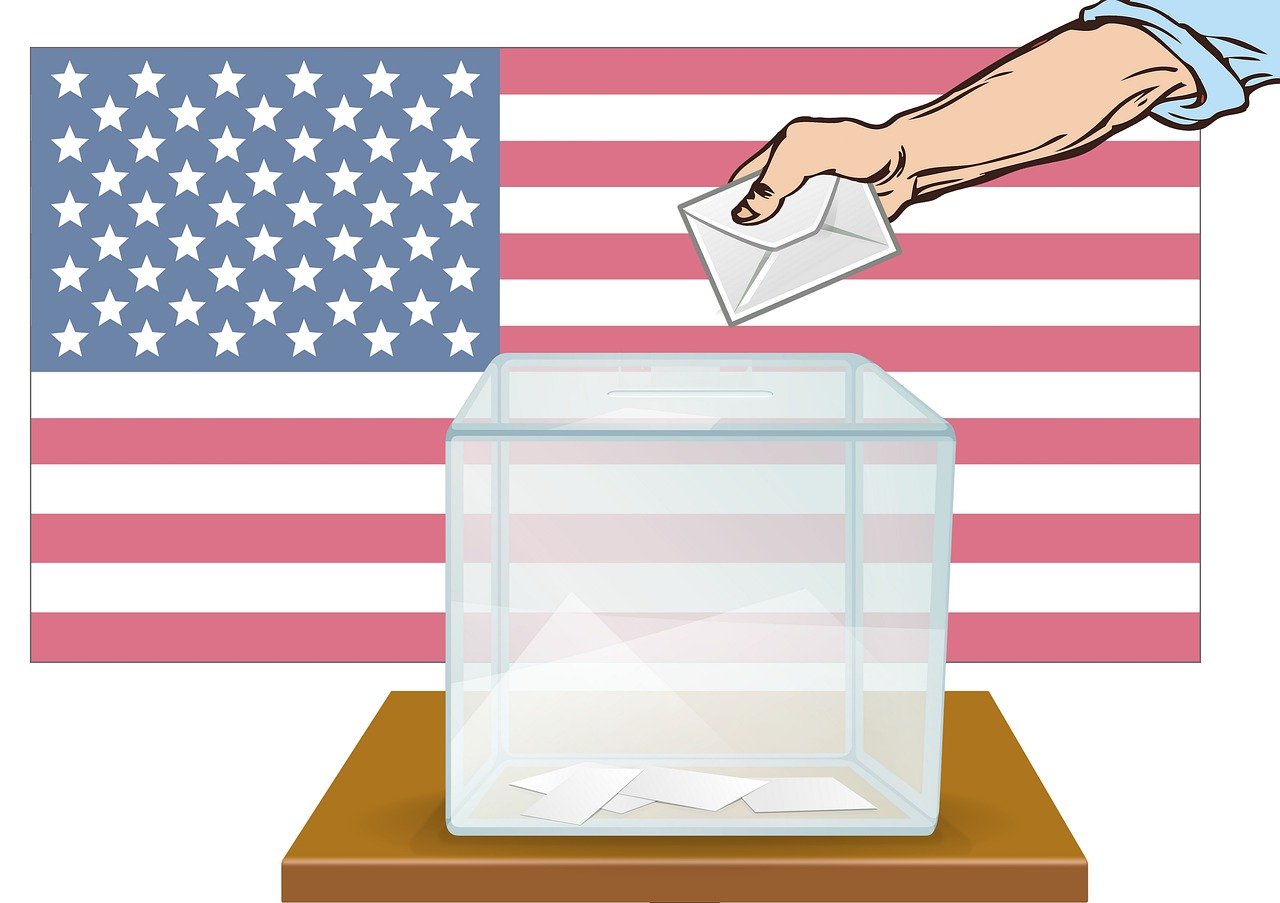USPTO Director Vacates and Remands PTAB’s Institution Decision Over Insufficient Explanation of Findings | Akin Gump Strauss Hauer & Feld LLP
The USPTO Director vacated a Patent Trial and Appeal Board decision denying institution of inter partes review for not addressing alleged differences between references in the petition and those considered during prosecution. The Director determined that the board did not sufficiently explain its findings and remanded for further proceedings.
Petitioner filed IPR petitions challenging three related patents and the patent owner responded with preliminary responses arguing that the petitions should be denied on the basis that “the same or substantially the same prior art or arguments previously were presented to the Office.” 325 U.S.C. § 325(d); see Advanced Bionics, LLC v. MED-EL Elektromedizinische Geräte GmbH, IPR2019-01469, Paper 6 at 8 (PTAB Feb. 13, 2020) (precedential) (providing a two-part framework for discretionary denial on this basis). Petitioner’s references in the IPRs were not identical to those previously presented to the Office and petitioner alleged material differences between the two sets of references.
The board sided with the patent owner and denied institution of all three IPRs without disagreeing with, or finding immaterial, petitioner’s alleged differences between the IPR and prosecution references. For example, in one IPR, the board simply stated that it was “unpersuaded” regarding petitioner’s contentions, but did not provide explanation or analysis to support its conclusion. Petitioner requested Director Review, arguing that the board did not address the substance of the arguments and, instead, improperly “focused on the similarity of the claim limitations covered by the references, rather than on assessing the…content of the references.”
The Director determined that the board failed to adequately explain its analysis of whether substantially the same prior art or substantially the same arguments were previously presented (i.e., the first prong of the Advanced Bionics framework). In particular, the board did not disagree with petitioner’s explanation of the alleged differences in the references, it did not find those differences to be immaterial, and it did not provide a sufficient comparison of what was previously considered to what was submitted by the petitioner in the IPRs. The Director explained that the board must address the alleged differences to resolve whether substantially the same references were previously considered and simply comparing individual elements of the references is insufficient without more analysis. Similarly, relying on vague or high-level similarities cannot substitute for detailed reasoning, such as identifying substantive and material overlap between the references or determining that the petitioner’s and examiner’s arguments rely on the same rationale.
Practice Tip: If references or arguments in a petition are similar to ones previously before the Office, petitioners should clearly identify substantive differences to distinguish the petition over earlier proceedings. Patent owners seeking an institution denial based on the similarity of references or arguments should provide examples demonstrating the overlap, or immateriality of any alleged differences, between references. Conversely, should the board not provide sufficient explanation of its findings under the first prong of the Advanced Bionics framework, petitioners would be well advised to seek to vacate a decision denying institution.
Nokia of America Corp. v. Alexander Soto, IPR2023-00680, -00681, -00682, Paper No. 18 (Vidal Mar. 28, 2023)






